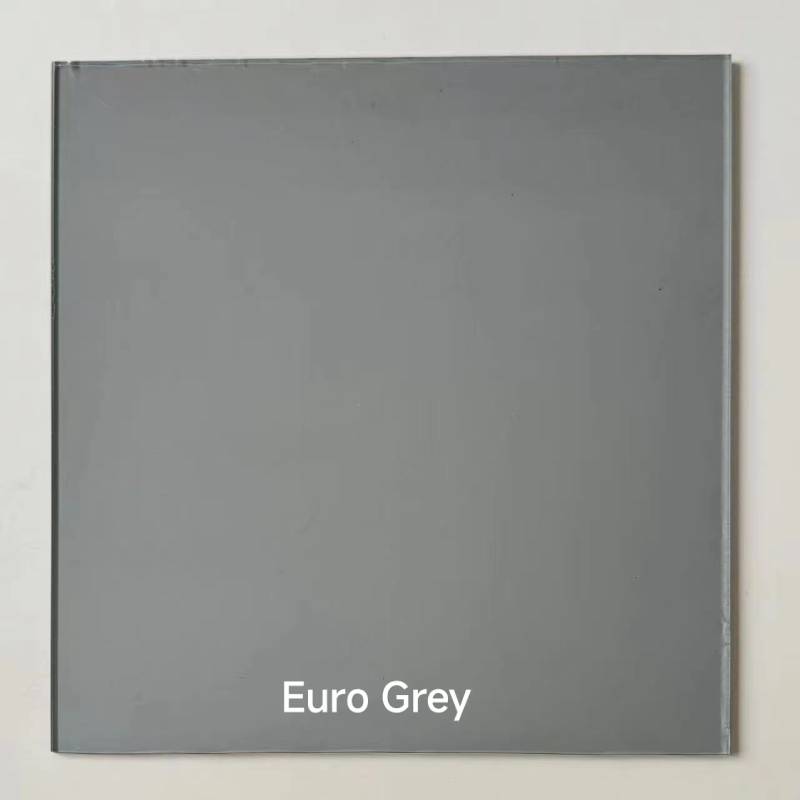

The Advancements and Applications of Patterned Toughened Glass
Glass has been a fundamental material in architecture, automotive design, and consumer products for centuries. Among the various types of glass, patterned toughened glass stands out due to its unique combination of strength, safety, and aesthetic appeal. This article explores the characteristics, manufacturing processes, applications, and benefits of patterned toughened glass, shedding light on why it has become a preferred choice in various industries.
Understanding Patterned Toughened Glass
Patterned toughened glass, also known as textured or decorative tempered glass, features a surface with raised or etched designs. This distinctive texture is not only visually appealing but also serves functional purposes, such as diffusing light and providing privacy. What sets toughened glass apart from regular glass is its enhanced strength and durability, achieved through a rigorous tempering process.
The tempering process involves heating the glass to very high temperatures and then rapidly cooling it. This treatment increases the glass's strength, making it approximately five to six times tougher than standard glass. In the event of breakage, toughened glass shatters into small, blunt pieces, significantly reducing the risk of injury.
Manufacturing Process
The production of patterned toughened glass involves several key steps. It begins with the selection of high-quality glass material, which is then shaped into desired dimensions. The glass is then passed through a roller or stamping machine, where patterns are created on its surface. This step is crucial, as the design can impact both the aesthetics and the functionality of the glass.
After the patterning, the glass undergoes the tempering process. It is heated to a specific temperature, usually between 600°C and 700°C (about 1112°F to 1292°F), and then rapidly cooled. This process not only enhances its strength but also solidifies the patterns, ensuring they remain intact under various conditions.
Applications of Patterned Toughened Glass
The versatility of patterned toughened glass allows it to be employed in a wide range of applications. Some of the most common uses include
1. Architectural Design In modern architecture, patterned toughened glass is frequently used for facades, partitions, and windows. Its ability to manipulate light enhances the ambiance of indoor spaces while maintaining aesthetic appeal.

2. Shower Enclosures The use of patterned glass in shower cubicles offers both style and privacy. The textured surface obscures visibility without sacrificing light, making it a popular choice for bathrooms.
3. Furniture Patterned toughened glass is also utilized in the creation of stylish furniture pieces, such as tables and shelves. Its strength ensures durability while the patterns add a unique flair to home décor.
4. Automotive Industry Some vehicle manufacturers incorporate patterned toughened glass in side and rear windows. This application not only adds a layer of safety but also enhances the visual interest of the car’s design.
5. Interior Spaces Offices and commercial spaces often use patterned glass for conference rooms and break areas. The texture helps to create a professional yet inviting atmosphere.
Benefits of Patterned Toughened Glass
Choosing patterned toughened glass offers several advantages
- Safety Its toughened nature reduces the risk of injury in case of breakage, making it a safer choice for public and high-traffic spaces.
- Privacy The textured surface provides an effective way to maintain privacy without blocking natural light.
- Customization With various patterns and textures available, designers can easily customize their projects to reflect specific styles or brand identities.
- Aesthetic Appeal The visual variety of patterned toughened glass adds a decorative touch to any application, enhancing the overall design.
In conclusion, patterned toughened glass exemplifies the blend of functionality and aesthetic value. Its strength, safety features, and versatility make it an ideal choice in numerous sectors, from architecture to automotive design. As technology continues to advance, the potential for innovative uses of patterned toughened glass is limitless, making it an exciting area of development in both manufacturing and design. Its role in enhancing environments while ensuring safety is a testament to the evolution of glass as a material of choice in our lives.